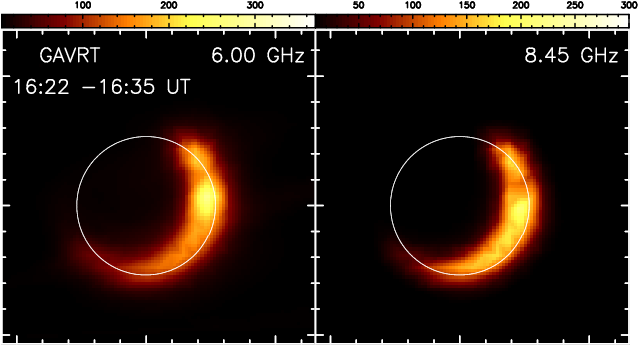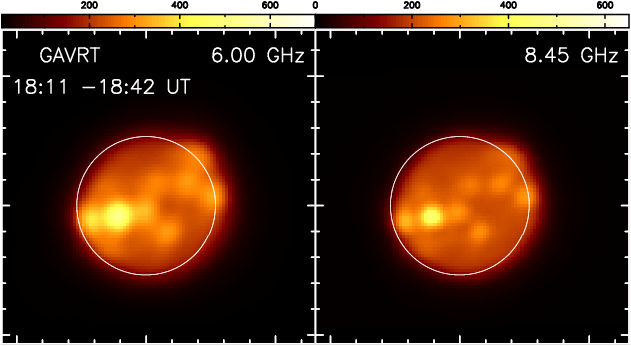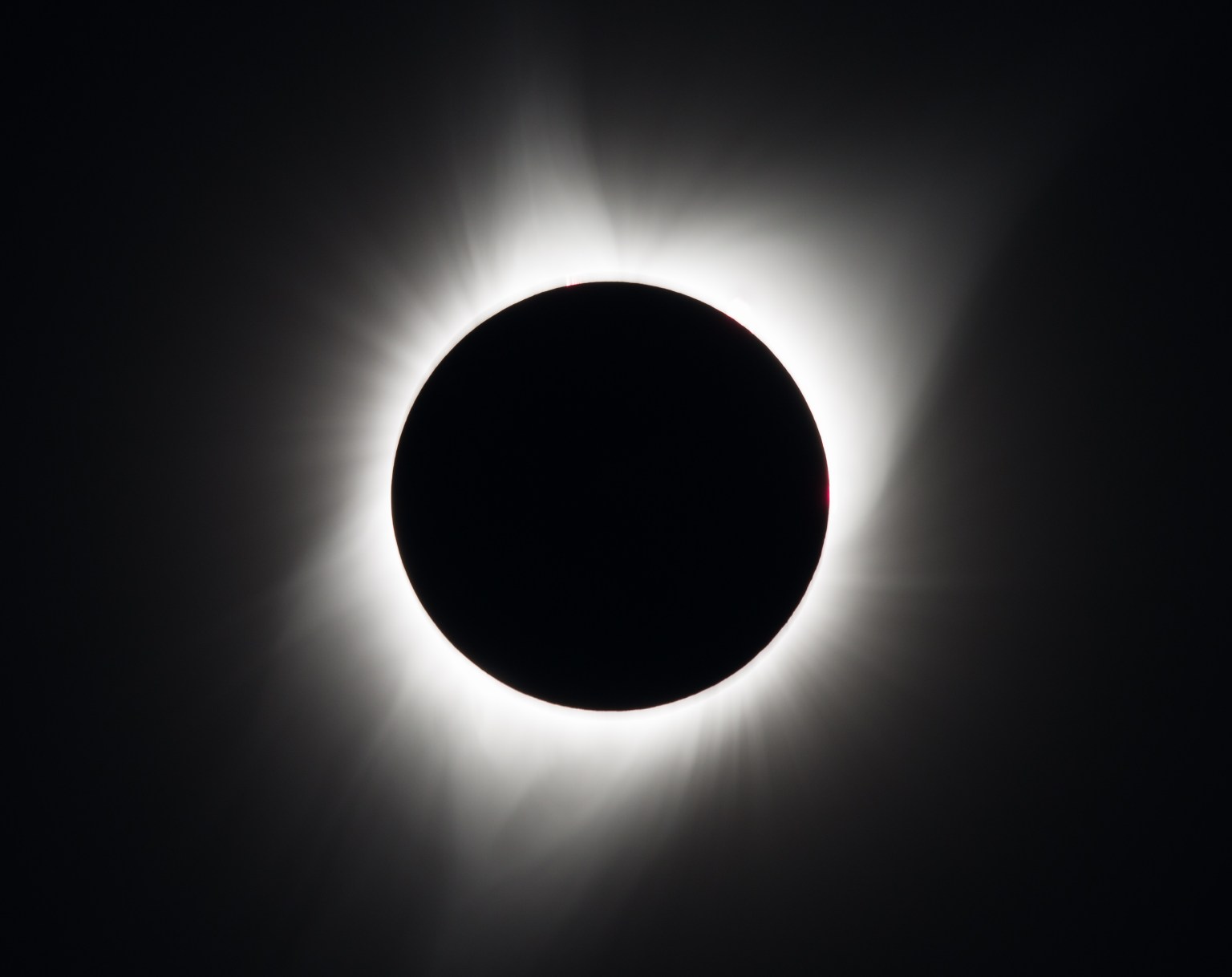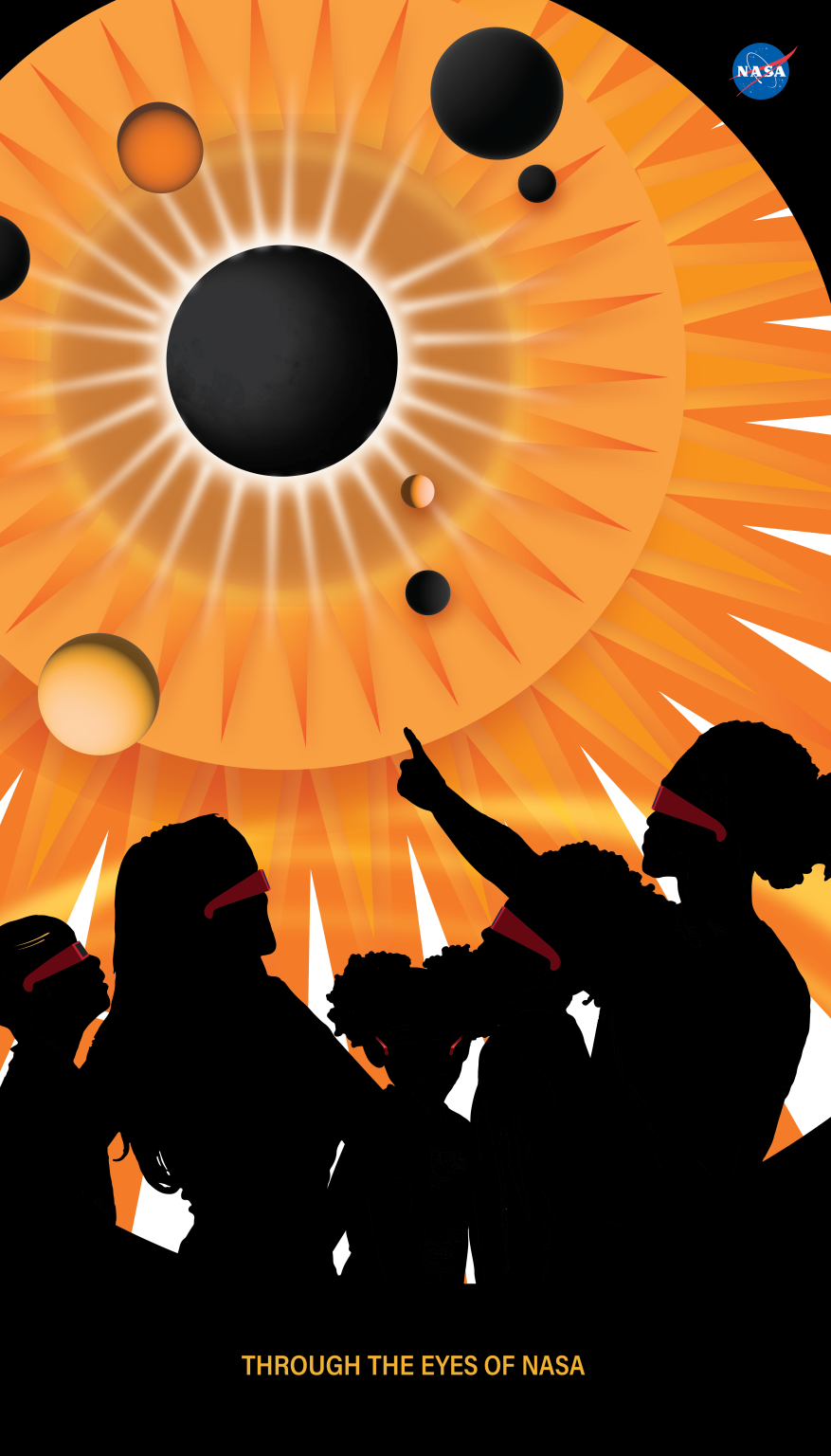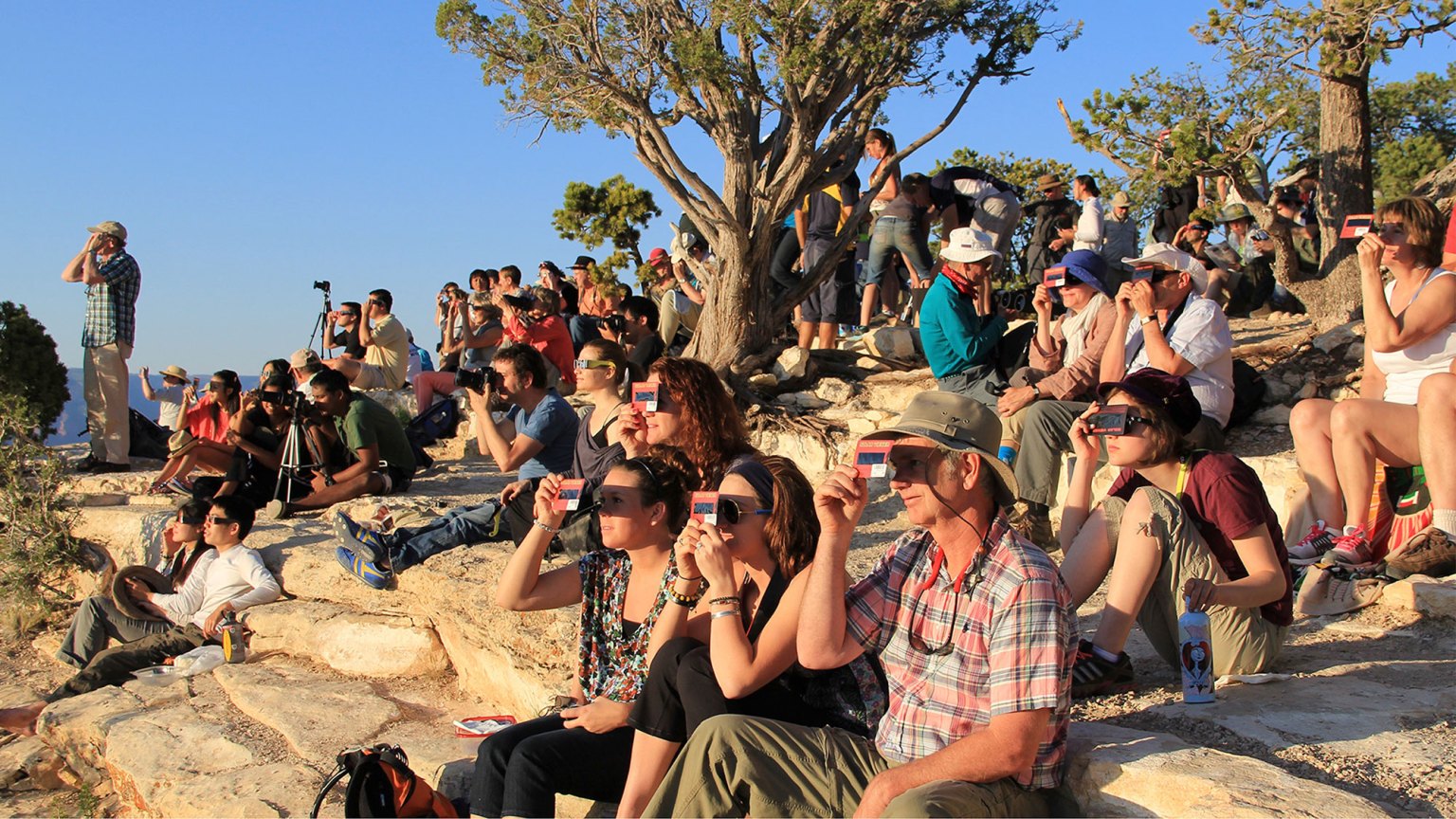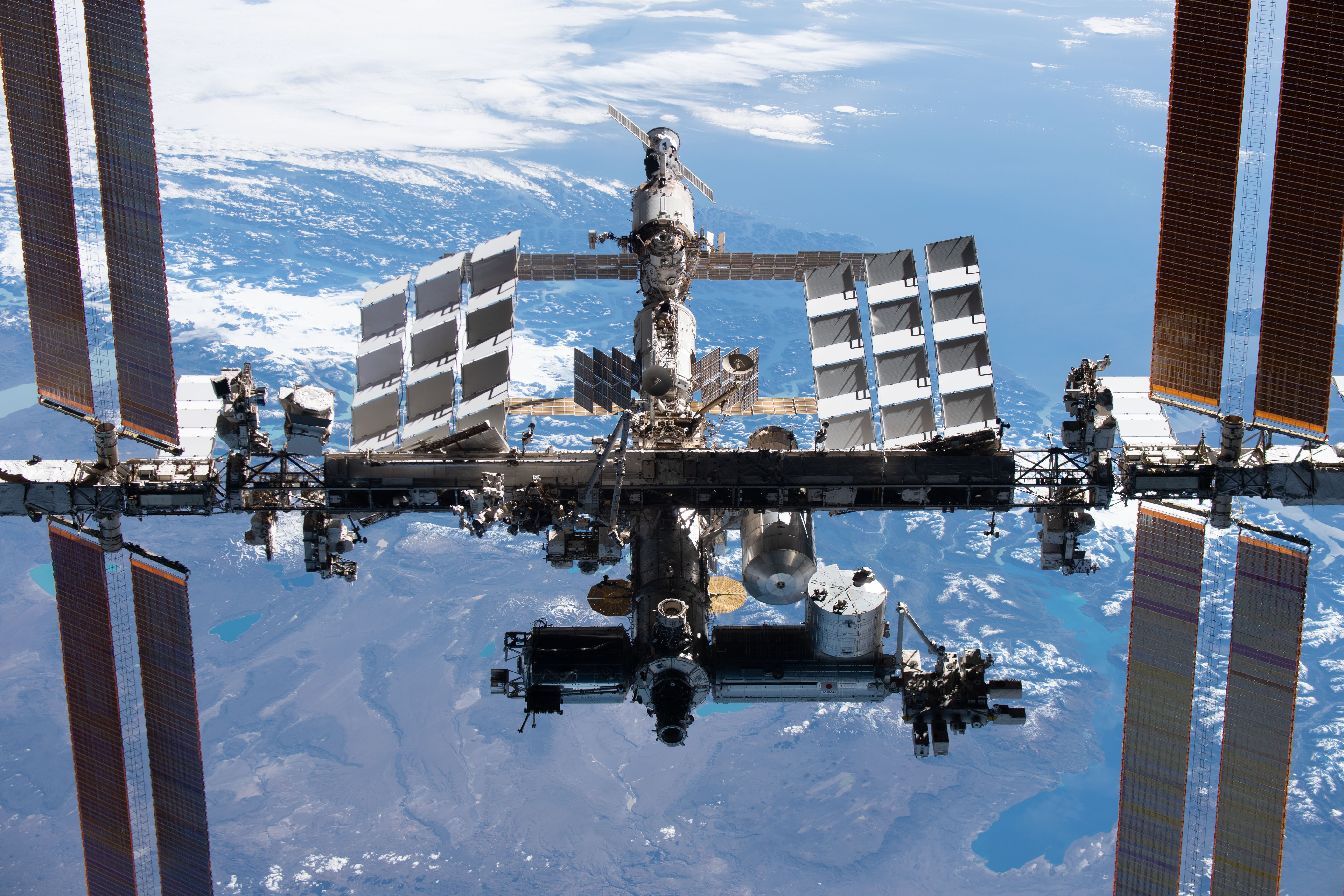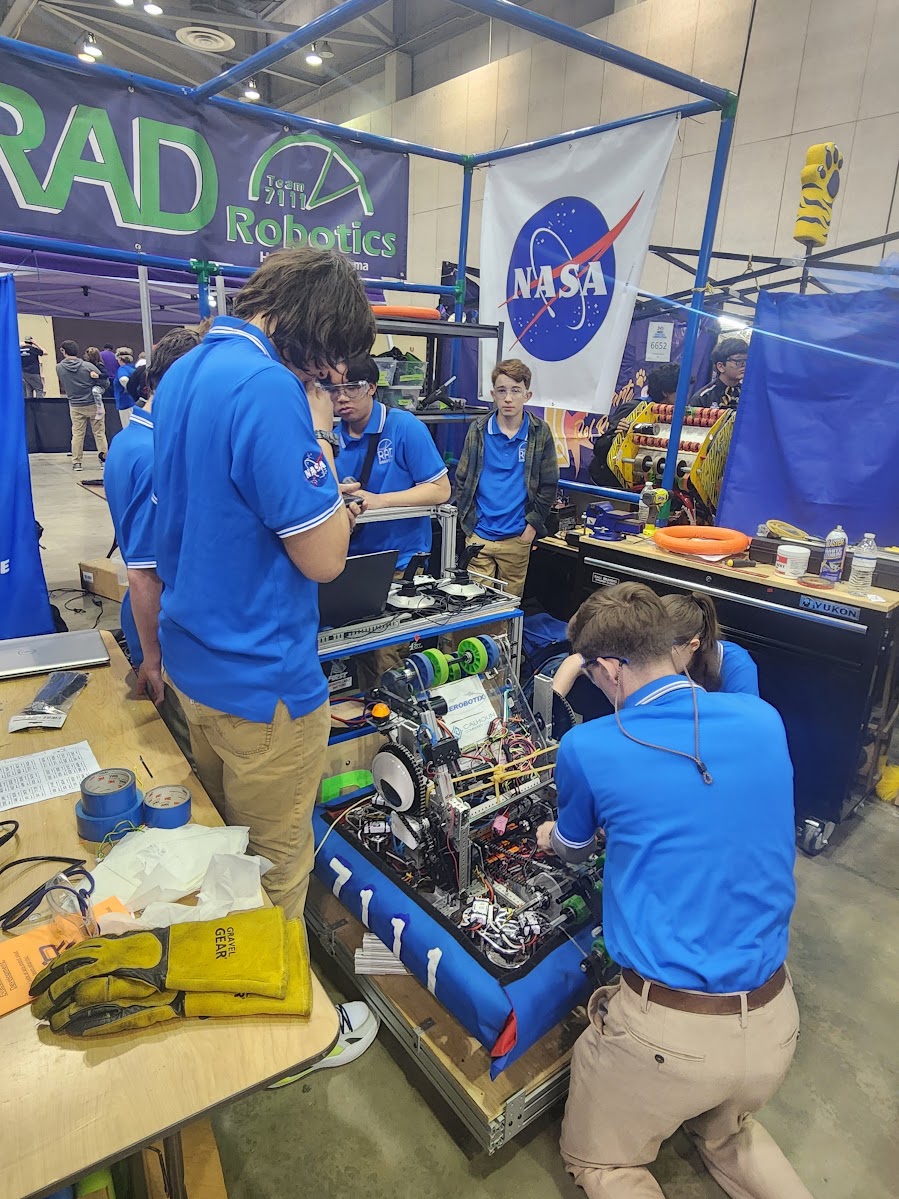Ride the Wave of Radio Astronomy During the Solar Eclipse
Students and science enthusiasts are invited to catch a real-time look at radio astronomy as scientists explore magnetic hotspots on the Sun during a live, virtual solar eclipse event on April 8, 2024. A massive, 34-meter telescope once used by NASA’s Deep Space Network to communicate with spacecraft will point towards the Sun during the […]

4 min read
Ride the Wave of Radio Astronomy During the Solar Eclipse

Students and science enthusiasts are invited to catch a real-time look at radio astronomy as scientists explore magnetic hotspots on the Sun during a live, virtual solar eclipse event on April 8, 2024.
A massive, 34-meter telescope once used by NASA’s Deep Space Network to communicate with spacecraft will point towards the Sun during the solar eclipse that day. The Moon’s position in front of the Sun will help the antenna detect radio waves from solar active regions in more detail than is usually possible.
The Solar Patrol team at California’s Lewis Center for Educational Research, in partnership with NASA’s Jet Propulsion Laboratory, will remotely operate the Goldstone Apple Valley Radio Telescope (GAVRT) while sharing observations and commentary during an interactive webinar open for the public.
Scientists and students regularly use the single-dish GAVRT antenna, located in the Mojave Desert of California, to scan the Sun. They use the observations to build maps of radio waves formed along strong magnetic field lines in the outer atmosphere of the Sun. By studying these images, researchers can measure the strength and structure of those powerful magnetic regions. These observations offer insight into magnetically driven processes on the Sun, like solar flares and coronal mass ejections, which generate space weather events that can interfere with satellite electronics, radio communications and GPS signals, spacecraft orbits, and power grids on Earth.
During normal solar observing, GAVRT can only detect and distinguish relatively large features on the Sun. A solar eclipse offers a unique opportunity for GAVRT to capture sharper and more refined information about the magnetic field structure in the solar active regions that are often marked by sunspots.
“It’s special during the eclipse because, as the Moon is passing in front of an active region, that really sharp edge of the Moon covers up more and more of the structure in that active region,” says Marin Anderson, a research scientist at NASA’s Jet Propulsion Laboratory and GAVRT Solar Patrol scientist.
Anderson explains how, as the Moon blocks a portion of the active region, it’s easier to tell what part of the active region the radio emissions are coming from.
“It’s basically a way of probing magnetic field structures in the corona of the Sun in a way that we wouldn’t be able to unless an eclipse was happening.”
Anyone in the world can join the live-streamed webinar on April 8 from 1-3:30 p.m. EDT (10 a.m. to 12:30 p.m. PDT) and ask the hosts questions as a partial eclipse becomes visible in California. Participants will be able to see the telescope controls, data visualization tools like Helioviewer, incoming radio data, a map of active hot spot regions, and imagery of the eclipsed Sun at radio wavelengths.
GAVRT was awarded a NASA grant to carry out observations during both the 2023 and 2024 solar eclipses in the U.S. GAVRT supports an open science framework by making all data and radio maps available for viewing and downloading by the public. Images collected during the eclipse will be posted online with instructions on how to run software and analyze the data.
The Solar Patrol team hopes the public webinar inspires people to become active members of the GAVRT program where they can learn to remotely operate the telescope themselves while taking part in data analysis and scientific discovery.
“I think one of the really great aspects of GAVRT Solar Patrol is that it connects any participant, but particularly students, with the Sun, beyond what they see and experience every day from the star,” Anderson says. “It’s seeing the Sun at radio wavelengths and being able to connect different parts of the electromagnetic spectrum with unique physics that’s happening on the Sun.”
Since its launch in 1997, GAVRT has offered many opportunities to combine science observations with education and outreach. In addition to Solar Patrol, GAVRT is used in campaigns where participants can study Jupiter’s radiation belts, monitor radio emissions from black holes, or search for extraterrestrial intelligence.
Anderson says giving students the tools to do science themselves empowers them.
“It’s a really hands-on process and I think the way to get kids excited and invested in not only solar science but the scientific process in general.”
To register for the GAVRT April 8 eclipse livestream event, visit: https://register.gotowebinar.com/register/4920123655757293655
For other ways to get involved in GAVRT, including signing up a classroom to participate in observations, contact: mc@lcer.org or visit gavrt.lewiscenter.org.
By Rose Brunning, Communications Lead
NASA Heliophysics Digital Resource Library
Share
Details
Related Terms
What's Your Reaction?































